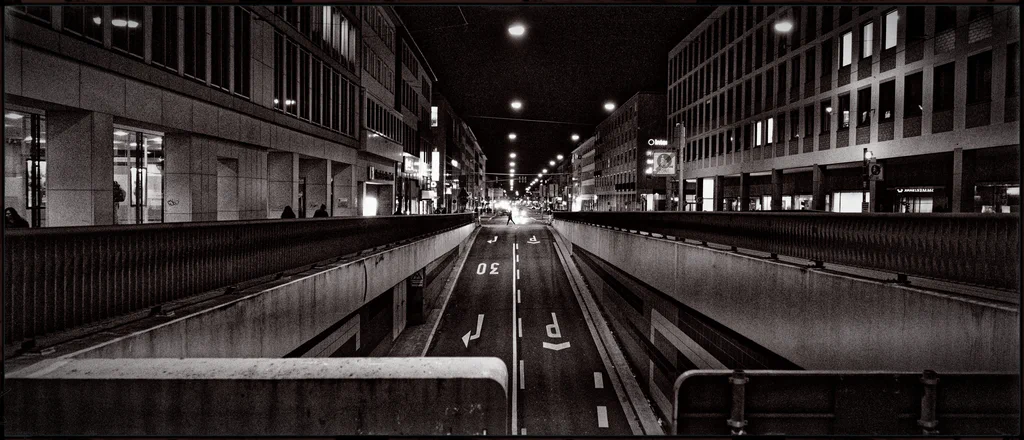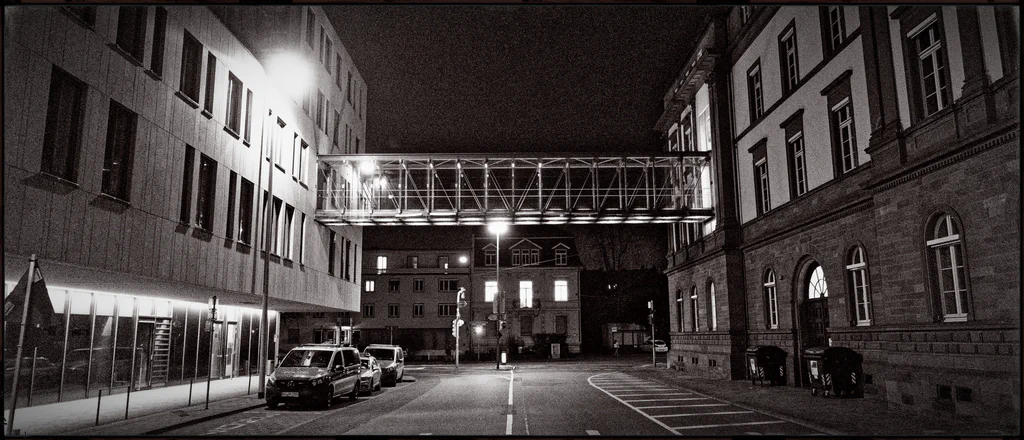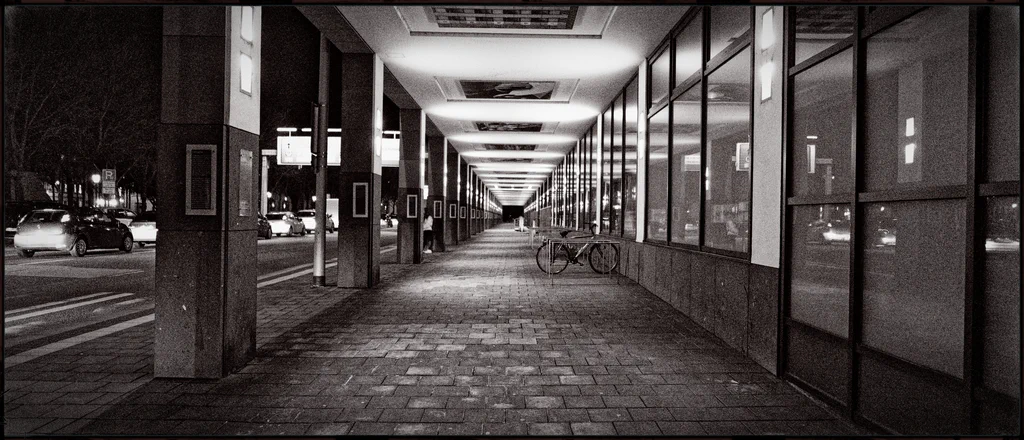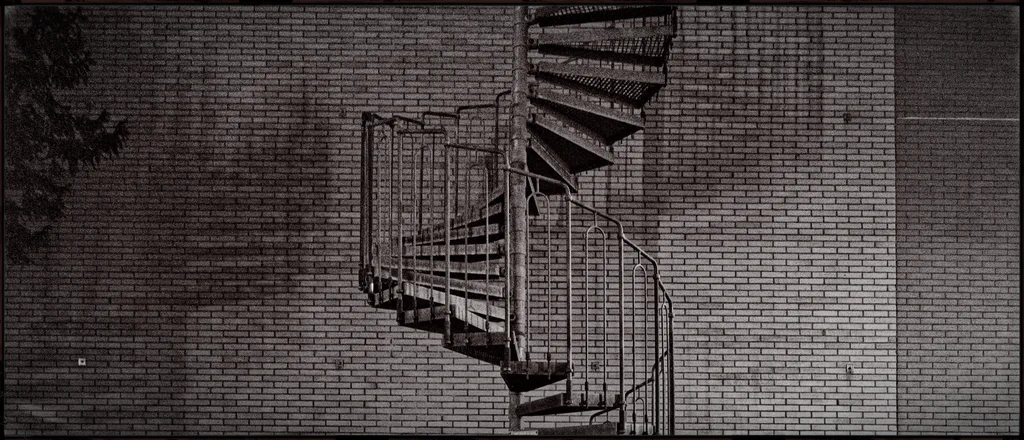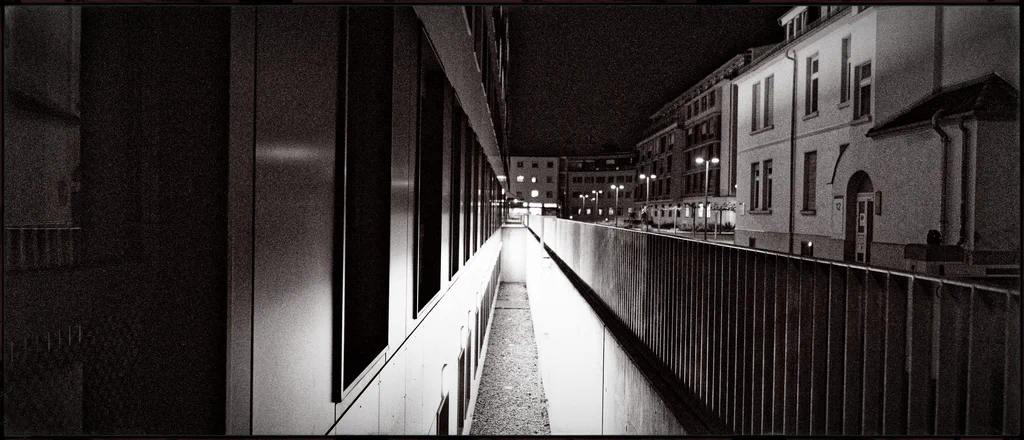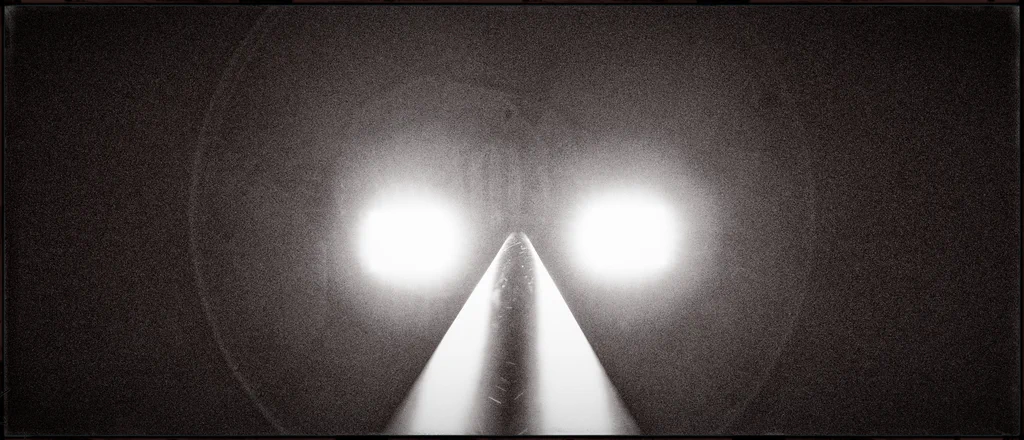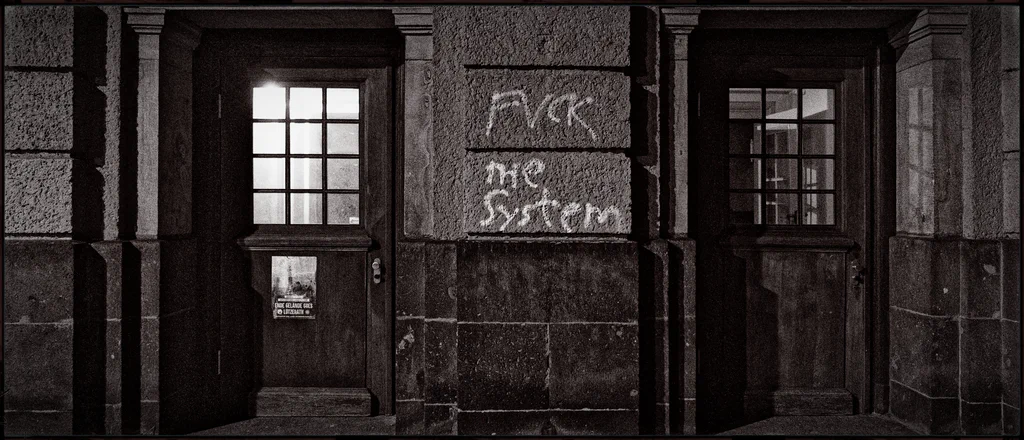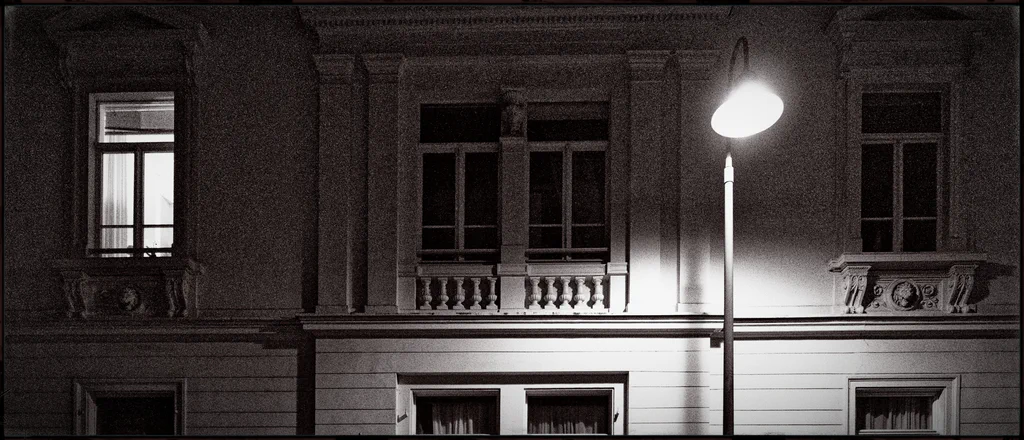Photowalk 2024-01
If you thought taking good photos was too complex, then this is for you. We’re going back to basics - with a twist.
Tips for newcomers:
- If you have different lenses for your camera, bring a fixed lens, e.g. wide angle (25), medium (35) or normal (50). Narrow or zoom lenses can be brought along, but are not the best choice for this exercise. Of course, any other camera or smartphone is also welcome.
January’s theme is “symmetry”.
For example, leading lines emanating from the bottom corners of the photo naturally lead the eye to the center. Even though the clouds in the background are usually not perfectly symmetrical, they don’t ruin the image. Symmetry isn’t always about perfection, but it can be used to enhance compositions of all kinds.
Another benefit of understanding symmetry is knowing how to work with leading lines. A seemingly busy location will look perfect if you know where to shoot from. Knowing how to work with leading lines can also add depth to your photos. Instead of looking flat, your compositions will take on shape and meaning. This will make your symmetrical images stand out even more.
The most common types of symmetry in photography
Symmetry comes in different forms. From the simple rotational symmetry taught in elementary school to the more complicated fractal symmetry. You can experiment with as many types of symmetry as you like. Here are the most common ones that many photographers like to incorporate into their photos.
Vertical Symmetry
Vertical symmetry doesn’t always have to focus on the centre of your composition. You can take a more conventional approach and always make sure that your subjects are cantered.
Vertical symmetry is the most common type of symmetry. Draw an imaginary vertical line at the centre of your composition. If both sides are symmetrical, your photo will look visually appealing. Vertical symmetry is often used in architectural photography. It emphasises the size, shape, and design of buildings.
Horizontal Symmetry
A lake will perfectly reflect, and add texture to, a landscape.
Take your imaginary line and place it horizontally at the centre of your composition. Horizontal compositions are often used in landscape photography. Especially when a body of water is present. This can be confused with reflective symmetry. The difference is that horizontal symmetry doesn’t necessarily have to feature a reflection. Reflective symmetry always does.
Radial Symmetry
You can also combine several kinds of symmetry to take your photos to the next level. For example, if a photo features both radial and vertical symmetry.
If you’re mesmerised by circular shapes, you’ll love radial symmetry. This type of symmetry usually involves shapes that go round and round with the same patterns. This is often associated with ripples. But it can also be used to photograph succulents, domes, wheels, etc.
Reflective Symmetry
As its name suggests, reflective symmetry is all about reflections. You can find reflections in water, surfaces like glass, and buildings. You don’t need to be on the same level as your subject to take interesting reflective photos. Look for unusual surfaces, like the highway above, to take equally unusual photos.
Make Your Own Symmetrical Lines
A quaint building stands out because of its symmetry. Unusual buildings that stand out from the crowd are the perfect subjects for symmetrical photography.
The twist – alternative theme “Asymmetry”
This is for those who already have enough experience with the symmetry theme. (We had the theme “symmetry in nature” a while ago.
You then may try “asymmetry”.
It is usually easier to stick to only one theme, don’t try to do both.
Asymmetrical balance in photography is more difficult to master. The subject is off-centre, yet both sides still draw the eye. An image might have two subjects in different areas, with neither subject dominating the attention. Alternatively, one side could have the primary subject, while the other side features multiple smaller subjects.
Please find some more information about this alternative theme in the web. E.g. at
- https://photographycourse.net/asymmetrical-balance-in-photography/
- https://pps.innovatureinc.com/asymmetrical-balance-photography/
- https://expertphotography.com/asymmetrical-balance-photography/
And you may get inspired by
- Luc van Gindertael and his urban shapes and colours … and other stories
The outcome of this photowalk can be viewed on Smugmug .

